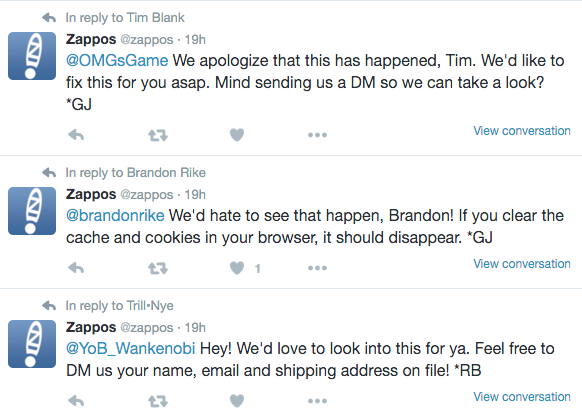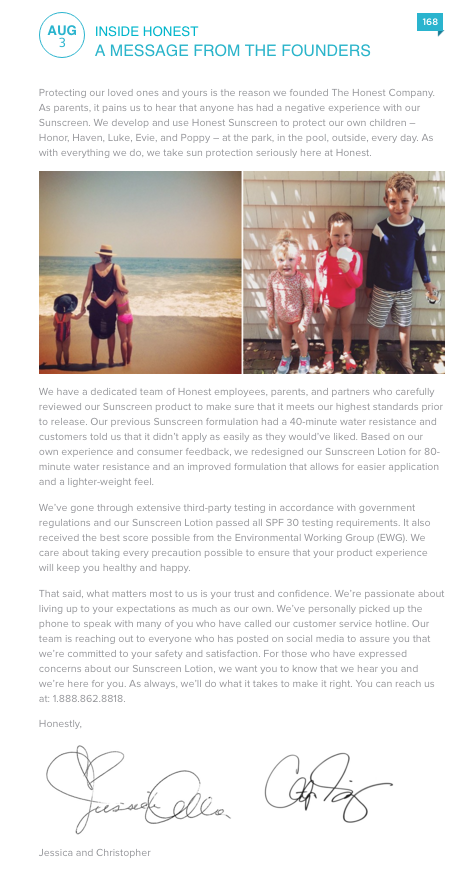Back in the day, the customer journey began with the ding of the overhead doorbell of the convenience store and concluded as items were neatly wrapped at the cash register. If your company was lucky, a memorable in-store visit would result in positive recommendations from happy customers that eventually reached a host of potentially loyal customers.
Today’s customer experience is a little different. Customers expect brands to be active online and proactive in responses to customer complaints. In turn, businesses have developed brand identities, voices, and personas to meet the demand for a great customer experience from start to finish.
Modern customer service requires companies to be authoritative yet relatable, responsive yet respectable, and customer-obsessed through it all. If strong customer relationships are built one milestone at a time, then what happens if your brand has a slip-up? Here are three ways to transform a negative customer experience into a positive one:
Respond to the Customer
Zappos zaps away customer grievances

Zappos has developed a reputation for customer satisfaction management, an integral portion of this strategy requires promptly responding to complaints from individual customers via social media. Customer reps reach out to customers through directly tagged posts as well as social searching. Instead of undermining or ignoring customer complaints, Zappos leverages its growing social media presence to find, acknowledge, and respond to unsatisfied customers (typically with a discount). By participating in the communal nature of social media and actively jumping into conversations about their brand, Zappos holds their brand accountable for stellar products and services. Zappos has transformed their customer service response channels into a new opportunity for customers to reach the brand. By responding to a negative experience with dedicated online outreach, the brand is able to strengthen customer relationships on a one-to-one basis.
Customer Experience Takeaway: Develop a customer satisfaction response that plays to your brand’s strengths and can salvage customer relationships with prompt responses and helpful offers.
Respond to the Public
Honest lives up to their name
Last summer, a mix-up with Honest Company’s sunscreen formula sparked a thread of negative reactions (both physically and experientially), leaving customers infuriated. Honest Company received multiple complaints and photos implying that the sunscreen was ineffective, a claim that could potentially damage Honest’s reputation for creating safe products. Understanding that most modern audiences view silence as inaction, the company published the following letter on their website blog:

Despite the product dissatisfaction, Honest’s prompt response to their concerned customers further aligned the brand as a company that was honest and ethical, even when facing an obstacle.
Customer Experience Takeaway: When responding to your customers, remember to approach customers as stakeholders of your business. Transparent outreach keeps customers informed.
Monitor Mentions of Your Brand
Lululemon works it out online

Known for being a major social media contender, Lululemon has created a tradition of responding to customers online. In fact, earlier this year, Lululemon responded to a tweet comparing Beyonce’s recently announced athleisure brand, Ivy Park, to Lululemon. To which the brand tweeted, “They do say imitation is the best form of flattery. Maybe Beyonce is so Crazy In Love with our brand, she made her own.” Although the tweet was later deleted, it opened the floodgates for tweets undermining Lululemon’s ability to stay afloat in the wake of Ivy Park’s release and stories of Lululemon dissatisfaction arose. The thread of friendly banter quickly created an unpredictable pathway for customer complaints. Although mentions are a great portal for discovering the conversations that your customers are having about your brand, it’s up to companies to decide how to respond to these conversations and when to get involved.
Customer Experience Takeaway: The lesson to learn here is that it’s important to predict and troubleshoot situations involving your brand name. Enable Google alerts to receive notifications when your brand is buzzing online and have a clear understanding about which statements will require a response. A uniform and informative response to these customer conversations, whether good or bad, will help protect a positive reputation and support an interactive relationship with your customers.
Guiding The Customer Journey
Modern customers (and their social media accounts) provide unbeatable opportunities to sing the praises of your brand in places that you can’t reach. This means that your customer satisfaction strategy should aim to entice, interact with, and reward customers from start to finish. If you brand is proactive, transparent, and responsive within every customer interaction, you’ll have a better grip on customer loyalty, even if it is after a social media misstep.
